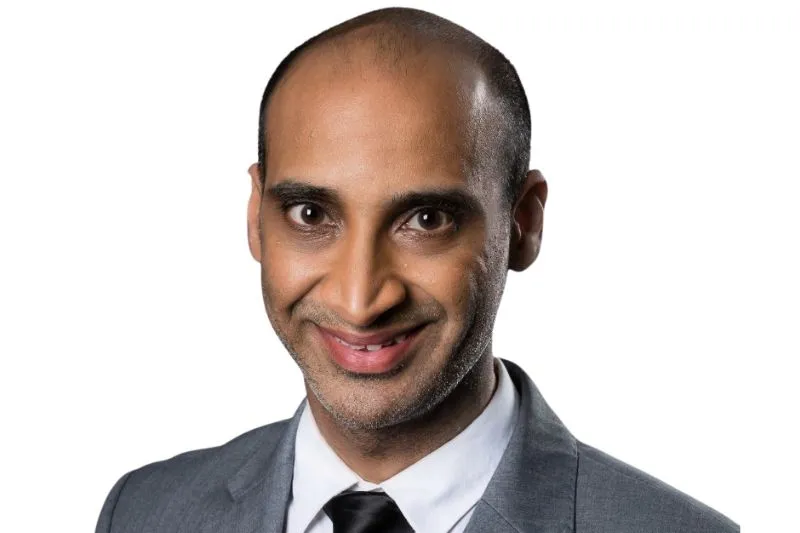Written By: Faith Jemosop
In a deal worth more than ZAR 750 million, African Infrastructure Investment Managers (AIIM) has sold its shares in three of South Africa’s major renewable energy projects, Jeffreys Bay Wind Farm, Kalkbult Solar, and Linde Solar. While the exit may raise eyebrows, it’s part of a calculated strategy: cashing out on mature, high-performing assets to refocus on projects where AIIM can take the lead and drive broader impact.
Maximizing Value at Maturity
AIIM’s exit is first and foremost a value realization move. These assets were some of the earliest investments made by the IDEAS Fund under South Africa’s REIPPPP (Renewable Energy Independent Power Producer Procurement Programme). Held for more than a decade, these projects have moved from construction to full operation, delivering steady power and consistent financial returns.
In private infrastructure investment, timing the exit is crucial. Once an asset becomes operationally stable and cash flow positive, it reaches a point where further capital appreciation is limited. Selling at this point allows the fund to lock in profits and redeploy capital into newer, higher-growth opportunities.
“We have a responsibility to our investors to exit once we have achieved our value creation goals,” said AIIM Managing Director, Paul Frankish. “These exits represent a successful execution of that strategy.”
Strategic Refocus
Another major reason for AIIM’s exit lies in a strategic pivot toward majority ownership and platform-based investments. In the early REIPPPP rounds, AIIM participated as a minority equity partner, typically holding between 10%–21% of project equity.
While this gave AIIM early exposure and influence, it limited its control over decision-making and restricted the speed of innovation, operational improvements, and refinancing maneuvers.
Now, with a more mature renewable energy market and new funds under management (e.g., AIIF4), AIIM is looking to take more control. Majority stakes give them greater say in operational strategies, asset aggregation, and value-enhancing exits.
Their new platform, NOA Group, is a prime example. With USD 180 million in equity committed to distributed solar and storage across commercial and industrial clients, AIIM aims to build, operate, and scale rather than hold passive equity.
Proven Track Record Enables Confident Exit
Exiting was also made possible by the proven success of the assets. Jeffreys Bay Wind Farm, Kalkbult, and Linde Solar have been high-performing assets, with minimal downtime and steady income from government-backed Power Purchase Agreements (PPAs).
This made the assets highly attractive to:
- Gaia Renewables 1, a Cape Town-listed clean energy investment firm, which acquired the solar projects.
- Usizo and Enzani, existing shareholders in Jeffreys Bay, who expanded their stakes.
AIIM could confidently exit knowing the assets were in demand, creating a competitive environment that likely drove up the sale price.
Capital Recycling
By exiting mature projects, AIIM frees up capital to invest in new projects with higher risk-adjusted returns. This is known in investment circles as capital recycling, a strategy crucial to sustaining long-term infrastructure development.
Rather than locking capital into decade-old projects offering diminishing returns, AIIM can now:
- Fund early-stage wind farms like Khangela, Umsinde, and Castle.
- Invest in energy transition infrastructure like battery storage, mini-grids, and green hydrogen pilots.
- Expand across Africa with pan-African funds focused on high-growth economies like Kenya, Ghana, and Senegal.
This ensures capital efficiency while driving Africa’s clean energy transformation forward.
REIPPPP Evolution
The assets exited by AIIM were part of the first few rounds of South Africa’s REIPPPP, launched in 2011 to attract private investment into renewable energy.
At the time:
- Few firms had experience in African renewable energy.
- Long permitting and regulatory hurdles existed.
- Currency and political risk were higher.
AIIM, as a first mover, took on these risks and was rewarded with long-term PPAs and government support. But now, REIPPPP has matured, and market competition is intense, compressing returns for newer projects.
AIIM’s exit reflects a desire to pivot from mature programs toward frontier energy markets, where their early experience gives them a competitive edge.
Also read: AIIM Exits Three South African Renewable Investments in R750 Million Deal
De-risking and Proof of Concept
Exits also serve another purpose: they demonstrate to global investors that African renewable projects are profitable, bankable, and liquid.
By selling stakes at a premium:
- AIIM proves that infrastructure investments in Africa can yield strong returns.
- This de-risks future investment flows from institutional and development finance institutions.
- It boosts confidence in Africa’s green transition, at a time when global capital is urgently needed to meet climate targets.
This move isn’t just about AIIM’s returns, it’s about building a track record that unlocks billions in future green capital.
With multiple funds and over USD 2 billion under management, AIIM must regularly optimize its portfolio for:
- Diversification (by geography and technology),
- Currency exposure, and
- Fund maturity profiles.
Exiting from South African wind and solar allows AIIM to rebalance exposure:
- Away from ZAR-based income,
- Toward regions like West and East Africa, where power deficits and demand growth offer long-term tailwinds.
ESG and Local Empowerment
AIIM’s exit also aligns with its Environmental, Social, and Governance (ESG) goals. Selling to local entities like Gaia Renewables and community-owned firms such as Usizo:
- Keeps economic value within South Africa,
- Supports Broad-Based Black Economic Empowerment (B-BBEE),
- And fosters community-led development of clean energy.
This ensures a just transition, where local players benefit from long-term infrastructure wealth, not just international funds.



